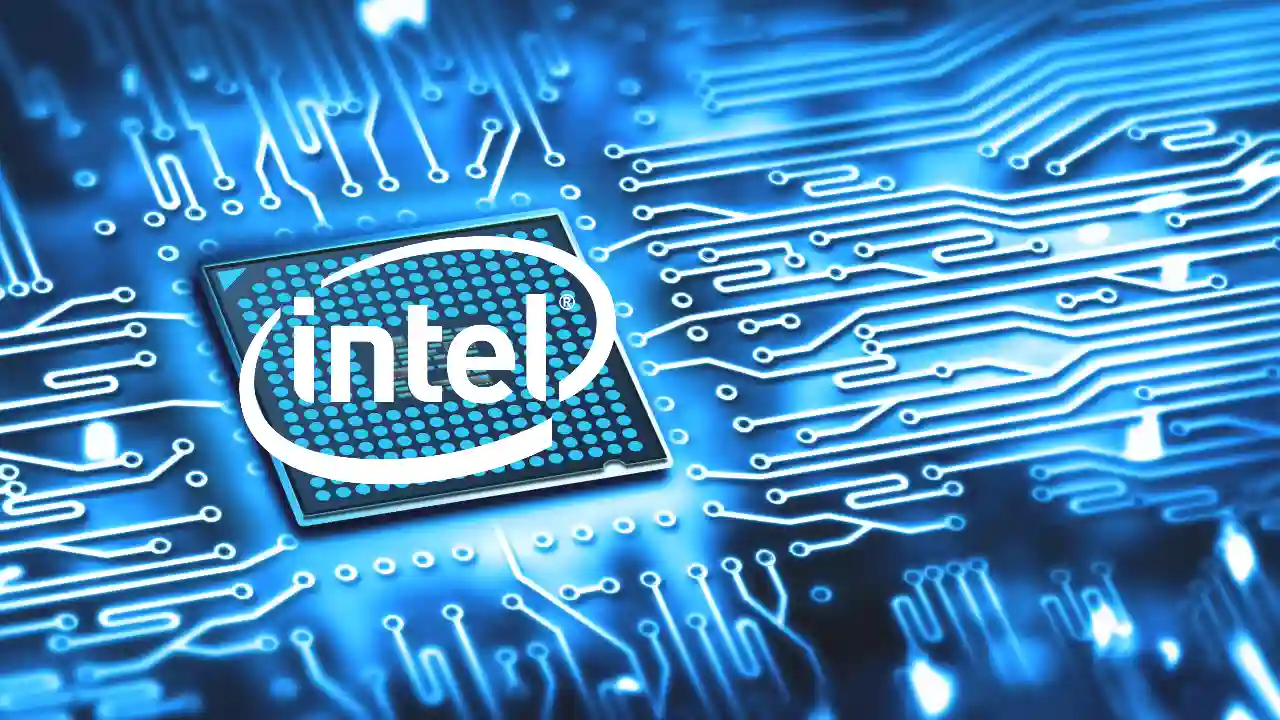In a move not seen since the 2008 financial crisis, the US government has announced the acquisition of nearly 10% stake in Intel, marking one of the biggest interventions in corporate America in recent years. The decision came after Intel CEO Lip-Bu Tan’s meeting with former US President Donald Trump, who reportedly questioned his connections with Chinese firms.
While the deal may strengthen America’s position in the global chip race, Intel itself has expressed concerns, highlighting possible risks to its business operations and shareholder interests.
Why Intel Considers the Deal Risky
In a filing with the US Securities and Exchange Commission (SEC), Intel outlined several “risk factors” linked to this agreement:
- Impact on Global Sales: Intel fears that the US government’s ownership could invite regulatory hurdles overseas, especially under foreign subsidy laws. Given that 76% of Intel’s revenue in 2024 came from non-US markets—with China contributing 29% alone—such restrictions could heavily affect its growth.
- Future Grants at Risk: The company is uncertain if this move might discourage other governments from offering financial grants or if they could push to convert existing grants into equity investments instead.
- Shareholder Impact: Since the government now holds significant voting power, other stockholders’ influence may weaken, limiting Intel’s ability to pursue shareholder-friendly deals or business expansions.
Details of the US-Intel Deal
According to reports, the US government has agreed to purchase a 9.9% stake in Intel worth $8.9 billion. This includes:
- $5.7 billion from the CHIPS Act grants.
- $3.2 billion from the Secure Enclave program.
Intel confirmed that its obligations under the CHIPS Act would be considered fulfilled “to the maximum extent permissible under applicable law,” except for Secure Enclave commitments.
Interestingly, the shares were sold at $20.47 each, nearly $4 below Intel’s market price of $24.80, meaning existing stockholders face dilution in their ownership value.
Final Thoughts
The US government’s investment in Intel highlights Washington’s growing efforts to safeguard domestic semiconductor production. However, Intel’s concerns are significant—especially regarding its heavy dependence on international sales and shareholder confidence.
As this development unfolds, global markets, especially China, will be closely watching how Intel manages these challenges while balancing government support with global competitiveness.
